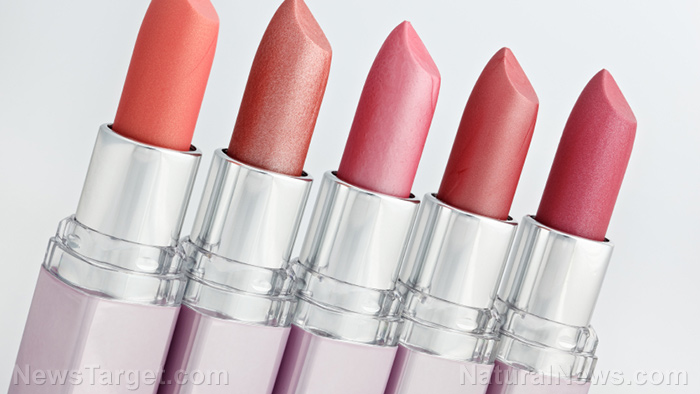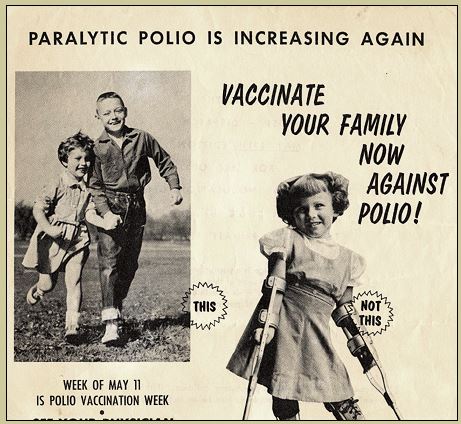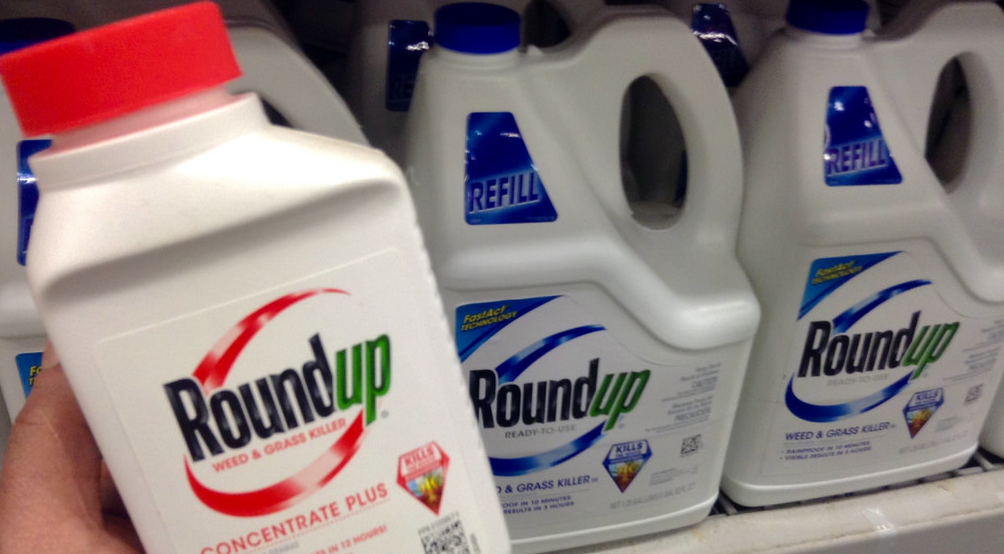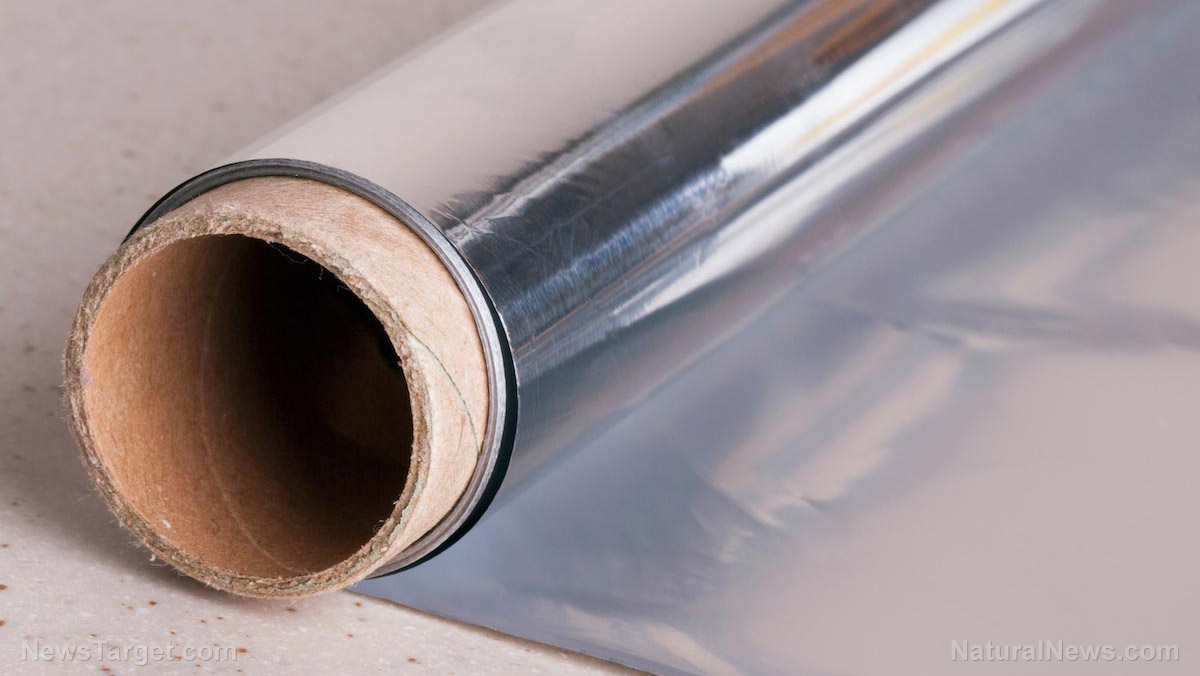Study: More than half of popular cosmetics sold in North America contain TOXIC CHEMICALS
07/10/2021 / By Ramon Tomey

A new study warned that more than half of popular cosmetics sold in North America contain high levels of toxic chemicals. Researchers found that 52 percent of the cosmetic products they analyzed, which included concealers, lip products and foundations, contained per- and polyfluoroalkyl substances (PFAS). Earlier studies have linked PFAS to health issues such as cancer, hypertension and thyroid disease.
Notre Dame University researchers tested more than 200 cosmetic products for fluorine, the presence of which indicates that PFAS were used in the product. They discovered that 52 percent of the products they tested contained the aforementioned chemical. Further analysis also revealed that 56 percent of foundations and eye products, 48 percent of lip products and 47 percent of mascaras contained high levels of fluorine.
The researchers also performed additional tests on 29 products and found that they contained up to 13 PFAS, but only one actively listed the chemicals as part of its ingredients. Products advertised as “long-lasting” and “wear-resistant,” in particular, contained high levels of PFAS — something the researchers did not find surprising. They said PFAS are often used because of their water-resistant and film-forming properties.
Professor Graham Peaslee, the study’s senior author, said: “PFAS [are] persistent [chemicals] – when [they get] into the bloodstream, [they stay] there and [accumulate]. There’s also the additional risk of environmental contamination associated with the manufacture and disposal of these products, which could affect many people.”
Peaslee also noted that PFAS in cosmetics can be absorbed through the skin or at the tear duct since these products are applied around the eyes and mouth. PFAS can also be ingested or inhaled.
“Our measurements indicate widespread use of PFAS in [cosmetic] products. But it’s important to note that the full extent of use of fluorinated chemicals in cosmetics is hard to estimate due to lack of strict labeling requirements in both [the U.S. and Canada],” said Peaslee.
These so-called “forever chemicals” are found in everyday products
Peaslee remarked that his team’s findings are particularly concerning, given the size and scale of the industry that produces these products, as well as the high risk of exposure to disease-causing chemicals that comes with their use.
Earlier studies have found that PFAS are present in many everyday items besides cosmetics. Non-stick cookware, fabrics and food wrappers also contain these so-called “forever chemicals.” PFAS are known as such because they don’t degrade naturally. This property makes them a threat to the environment as they can contaminate groundwater for decades. (Related: Toxins in the environment found to impact male reproductive health.)
On its website, the National Institute of Environmental Health Sciences said that PFAS are widely used in household products. PFAS keep food from sticking to cookware, make clothes and carpets resistant to stains and create very effective firefighting foams. They are also used in various industries, such as the aerospace, automotive, construction and electronics industries.
However, despite their usefulness, the ubiquitous PFAS have been linked to a wide range of health issues. Previous studies show that forever chemicals contribute to various health issues, such as low birth weight, thyroid disease, hypertension and kidney and testicular cancer. Meanwhile, another study reported detecting PFAS in the bloodstream of pregnant women.
Back in March 2021, University of California, San Francisco (UCSF) researchers found more than a hundred different chemicals in blood samples extracted from pregnant women. Out of the chemicals they detected, seven were identified to be PFAS. (Related: US scientists detect MORE THAN 50 chemicals from everyday products in pregnant women and newborns.)
The UCSF researchers said they focused on samples from pregnant women as pregnancy is “a critical period of development for future health risks.” Their findings suggest that the substances travel through the placenta, where the developing fetus absorbs the chemicals. They also noted that PFAS and the other chemicals most likely came from everyday products, such as cosmetics and plastics.
Chemicals.news has more articles about PFAS in everyday products and their long-term negative effects on health.
Sources include:
Tagged Under: chemicals, children's health, Cosmetics, discoveries, environment, Flourine, fluorinated chemicals, forever chemicals, personal care, PFAS, polyfluoroalkyl substances, research, toxic chemicals, toxins, women's health
RECENT NEWS & ARTICLES
COPYRIGHT © 2017 POISON NEWS





















